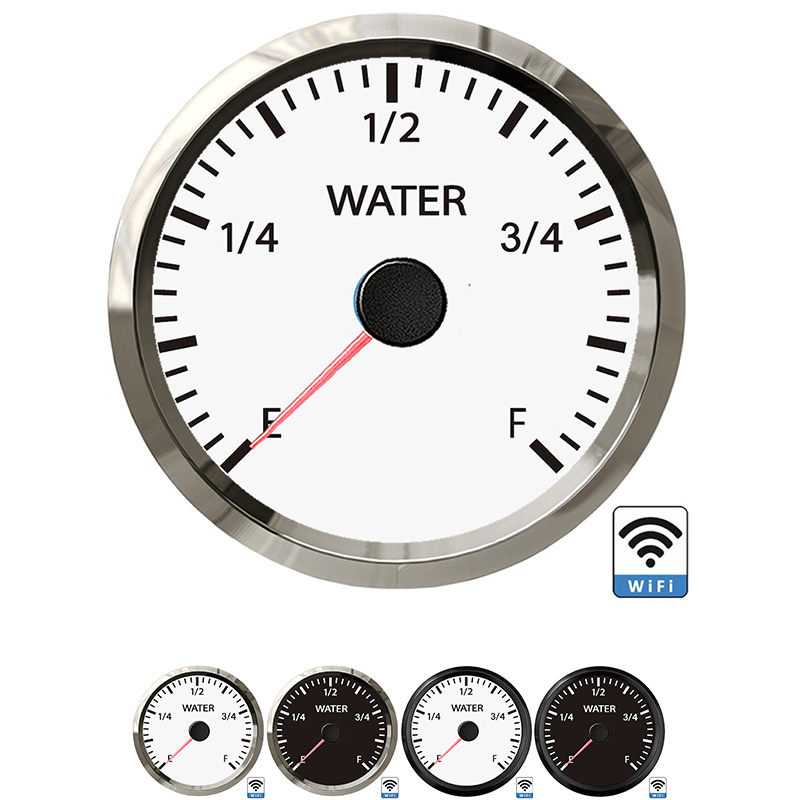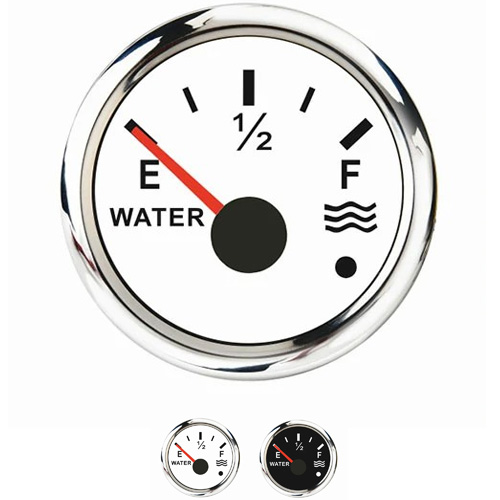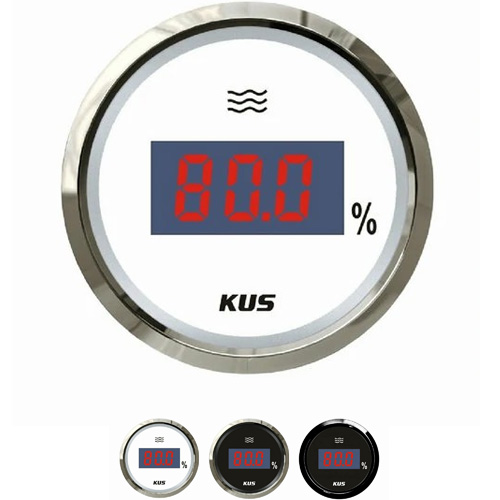water level gauge for tank
Where should we can see the water level gauge for tank of vehicle? Open the front engine cover and you can see the water level of the car's water tank.
The knowledge of automobile water tank is as follows:
1.Not all the water in the water tank is water, but also coolant. Under special circumstances, only soft water can be added. There will be the highest and lowest warning lines on the car water tank. When it is lower than the lowest line, the car can continue to drive, just to remind the need to add coolant.
2. The color of coolant is the indicator color to judge the consumption of coolant. When the color of coolant in the water tank becomes very light, it indicates that the coolant needs to be replaced. However, in most cases, the coolant is sufficient because of its antifreeze and cooling properties, and the water evaporation rate will be very low.
3. The technical nature of the water tank is very strong, which is reflected in the two valves above the water, which are steam valve and air inlet valve. It is these two valves that can maintain a good pressure of the system, increase the boiling point and avoid the loss of coolant.
Wiring mode: in order to facilitate the description of wiring, the terminal number in the right figure is set as 1#, 2#, 3#, 4#, from "-" on the left to "+" on the right. Because the sensor adopts microcomputer control technology, the cumbersome manual calibration in use is omitted. Under normal conditions, the whole machine does not need calibration and can be directly applied to the measurement of conventional medium. If calibration is required, the following operations can be carried out: slowly put the sensor into the measured medium when power is on. Make the liquid level rise slowly from the lower hole of the sensor, more than one third of the measuring part of the sensor, and the upper hole of the sensor is the * calibration position. Therefore, make the liquid level rise to the upper hole of the sensor as much as possible during the calibration process. Then completely empty the liquid or completely extract the sensor from the container. This completes the calibration of the sensor. In order to prevent calibration failure, this process should be operated more than 2 times.
 English
English 






Get a Quote / Info